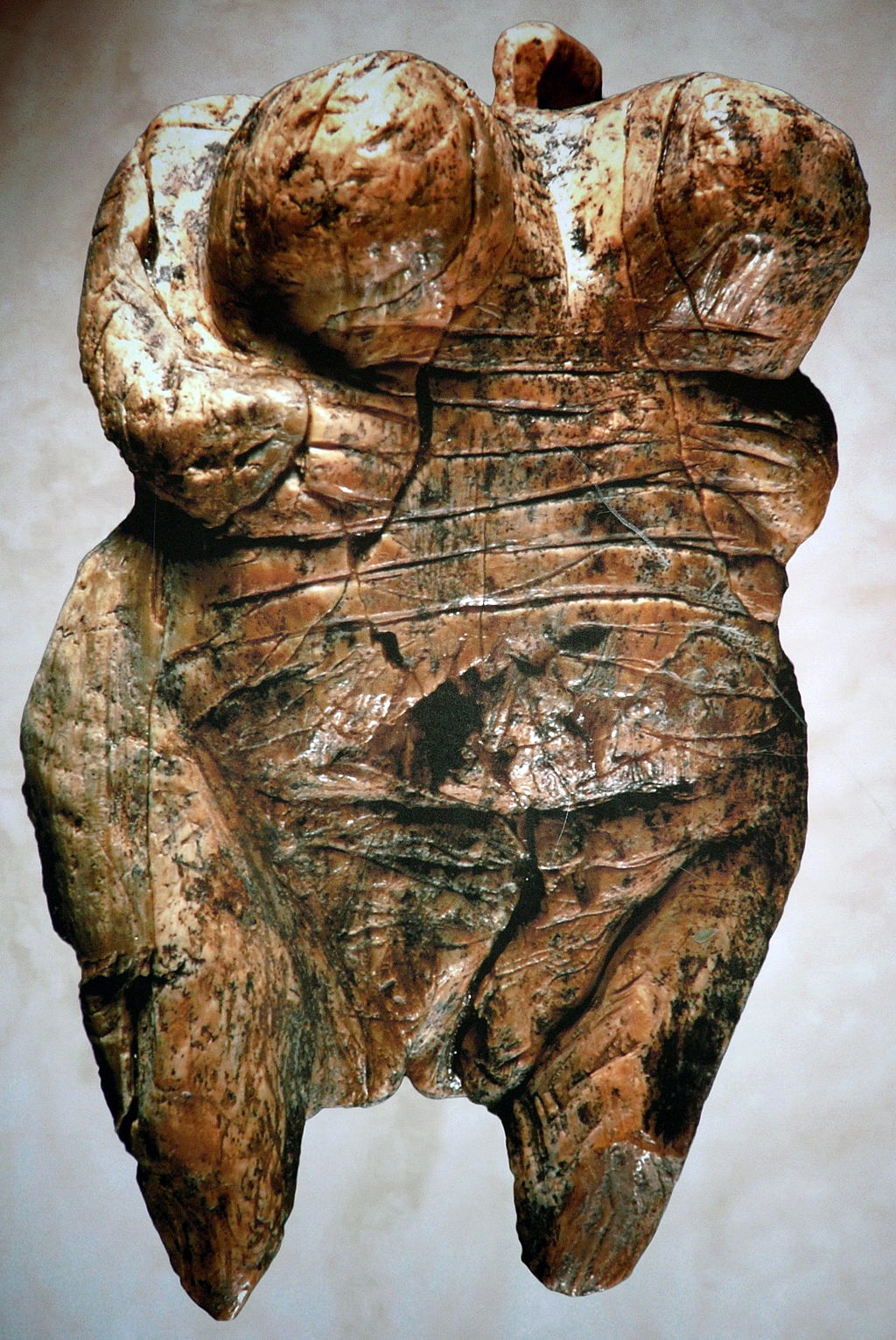Paleolithi is a branch of science that deals with the study of prehistoric times. This area of study includes the analysis of fossils, tools, and other remains left behind by early humans. The term “paleolithi” comes from the Greek words “palaios”, meaning “old”, and “lithos”, meaning “stone”.
The study of paleolithi began in earnest during the 18th century CE when scholars started to examine the ancient ruins left behind by civilizations such as the Greeks and Romans. However, it was not until the 19th century CE that paleolithi really came into its own as a field of scientific inquiry. This was due in large part to advances in technology (such as microscopes) which allowed for greater examination and analysis of fossils and other remains.
Today, paleolithi is recognized as a vital branch of science with numerous sub-fields including human evolution, archaeology, anthropology, and geology. It is through the efforts of paleolithic researchers that we have been able to learn so much about our earliest ancestors and how they lived their lives.


